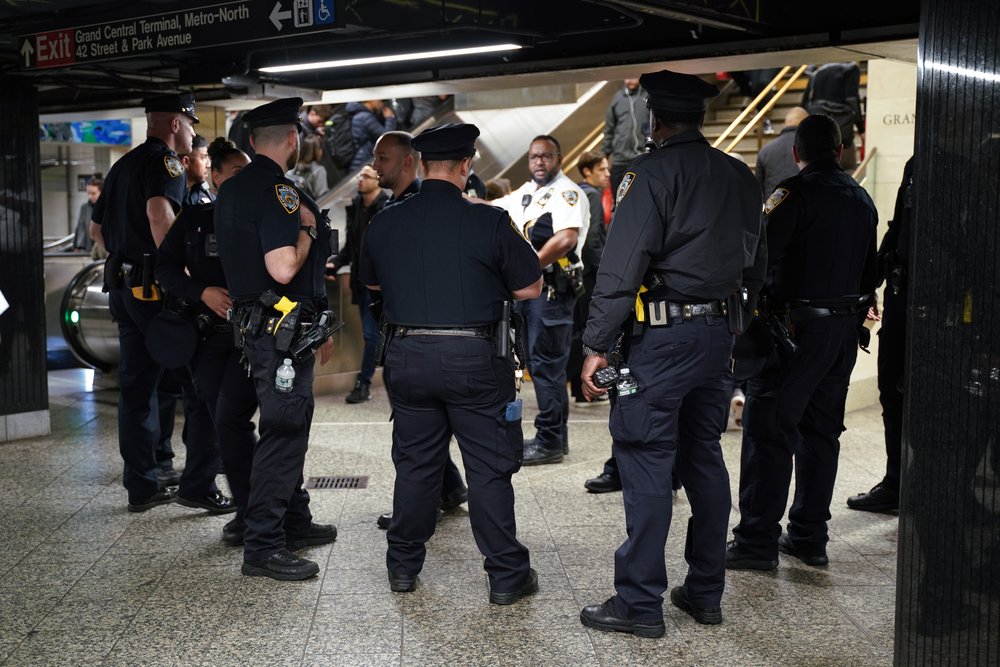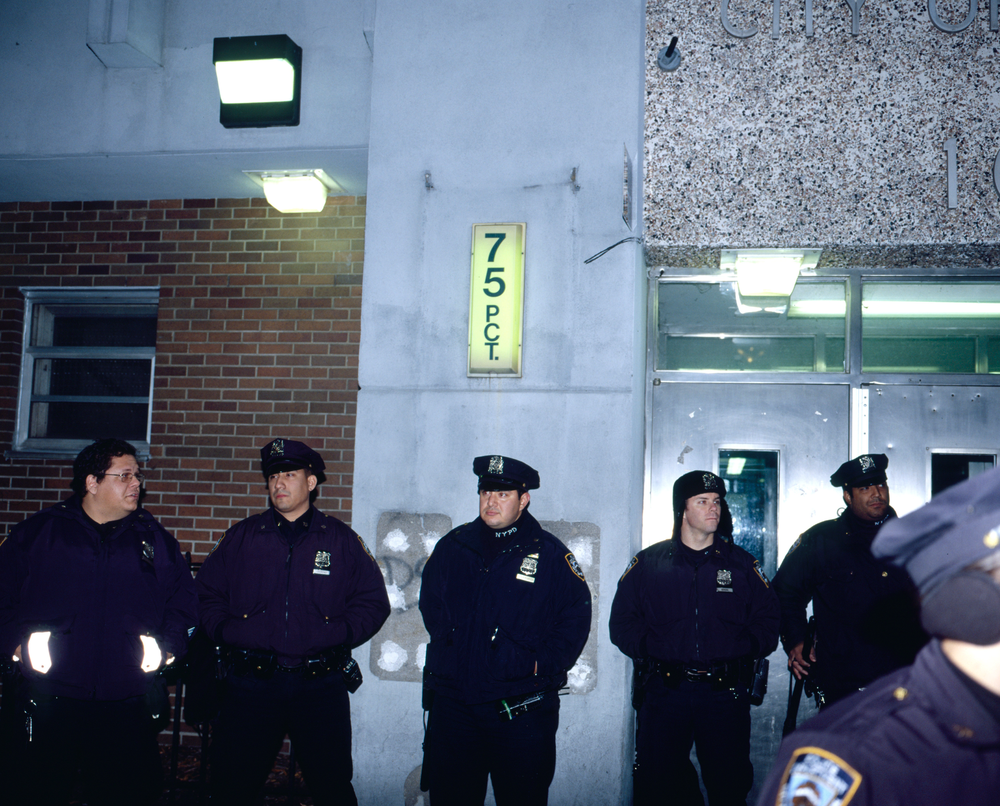New NYPD data shows which units racked up the most overtime
Jan. 10, 2025, 2:01 p.m.
The department quietly published a report that provides an unusually detailed breakdown of overtime spending.

A new NYPD report provides a rare three-month snapshot of police overtime – a long-running source of controversial public spending that has reached a crisis point under the direct oversight of New York City Mayor Eric Adams.
The data, quietly published by the department last week, is broken down by rank and command, giving a more granular picture of overtime than what is typically available to the public. It shows that some units with high rates of alleged police misconduct account for outsize levels of overtime spending.
The NYPD released the data on the same day that Jeffrey Maddrey, the top uniformed cop and a close ally of the mayor, was suspended after being accused of trading sex for overtime. Several high-ranking members of the department have been ousted amid a swirl of investigations and legal issues — including but not limited to overtime abuse — while the embattled mayor, who is a former cop himself, fights a federal corruption case and runs for re-election. Former Commissioner Bill Bratton said it appeared that protocols meant to manage overtime had broken down under Adams.
“The overtime control systems that were in place over the last couple of years seem to have fallen apart,” Bratton said.
The new data shows that the NYPD spent over $230 million in overtime between April and June 2024, a third of which went toward “supplemental patrol.” That includes extending an officer’s shift because of an emergency or adding extra shifts to address crime spikes or assign additional officers to the subways, according to the report.
In a statement to Gothamist, the NYPD said its commissioner was implementing new protocols to rein in overtime spending.
Adams has attributed high levels of overtime spending to the number of protests over the last year. In the three-month window covered by the newly released report, protests and demonstrations accounted for about 15% of overtime costs.
The NYPD’s Warrant Squad, which is charged with tracking down and arresting suspects with outstanding warrants, accounted for about a tenth of all NYPD overtime spending between April and June 2024, despite having only 1% of the department’s officers. As Gothamist reported in 2020, that unit garnered more civilian complaints over a five-year period than any other specialized unit in the NYPD.
Police officers in Brooklyn’s 75th Precinct, which serves East New York, accounted for $1.4 million of overtime spending in the same period, the most of any neighborhood precinct in the data. They received more civilian complaints than any other precinct last year.
Officers responded to 71 shootings in the 75th Precinct in 2023, the second most in the city. The population of East New York is 90% Black or Hispanic, and the neighborhood has consistently ranked among the city’s poorest.

According to a 2023 analysis by the city’s Department of Investigation, police officers working overtime were more likely to be injured on the job or be accused of misconduct.
In September of that year, Adams issued an executive order that gave overtime oversight to City Hall. It required city agencies to submit spending plans, provide detailed reports and have regular meetings with the first deputy mayor, the deputy mayor for public safety and the administration’s budget office. At the time, Sheena Wright and Phil Banks respectively held the roles of first deputy mayor and deputy mayor for public safety.
“ Is it effective? It hasn't proven to be so far but that doesn’t mean it can’t,” said Ana Champeny, a researcher for the Citizens’ Budget Commission, referring to Adams’ executive order.
The DOI report found that the NYPD exceeded its overtime budget every fiscal year since at least 2016. But according to data published by the city’s Office of Payroll Administration, the problem has been particularly pronounced under Adams.
Overtime at the NYPD has grown 60% since fiscal year 2022, when Adams took office, and 9% for other agencies.
The issue of police overtime was pulled into the spotlight with the suspension of Maddrey, the former chief of the department. As the New York Post first reported, the former lieutenant who accused Maddrey of sexual misconduct made over $200,000 a year in overtime. The sum shocked observers – especially because she worked in an administrative role.
Maddrey has denied wrongdoing, arguing through his lawyer that the lieutenant accused him in an attempt to distract from her own abuse of overtime. Ed Thompson, the new head of the NYPD's Internal Affairs Bureau and an ally of Commissioner Jessica Tisch, is currently investigating allegations of overtime misuse.
Ken Girardin, a research director at the fiscally conservative Empire Center for Public Policy, characterized overtime abuse as a systemic problem in city and state government.
“There is a culture of impunity in government in New York,” said Girardin, who has uncovered excessive overtime spending in the MTA. “Different parts of the public sector get periodic attention but the underlying conditions never get attention.”
Bratton attributed the NYPD’s high overtime costs to a combination of understaffing, an increase in targeted enforcement in areas like the subways and failed internal controls. “So you got three compounding features,” he said.
Tisch, the fourth police commissioner to serve under Adams, said Monday that she had implemented new “controls” on overtime. But she gave few details about what they were and what led to last year’s spike.
An NYPD spokesperson said Tisch’s changes include monthly overtime caps, assigning compliance officers for each bureau, monthly overtime reports, and stricter guidelines for officers to report overtime.
Bratton said many of these controls existed when he was police commissioner.
" I can't speak to the past, but what I can say about the present is we have articulated very clear overtime controls,” Tisch said Monday. She added that monitoring overtime is “the responsibility of managers in this department and certainly executive leadership.”
New NYPD commissioner reverses transfers of hundreds of 'hiding' officers NYPD's top uniformed cop out after more claims of sex abuse, commissioner shuffles leadership NYPD's top cop is the latest to go down in scandal. What happens to him now?